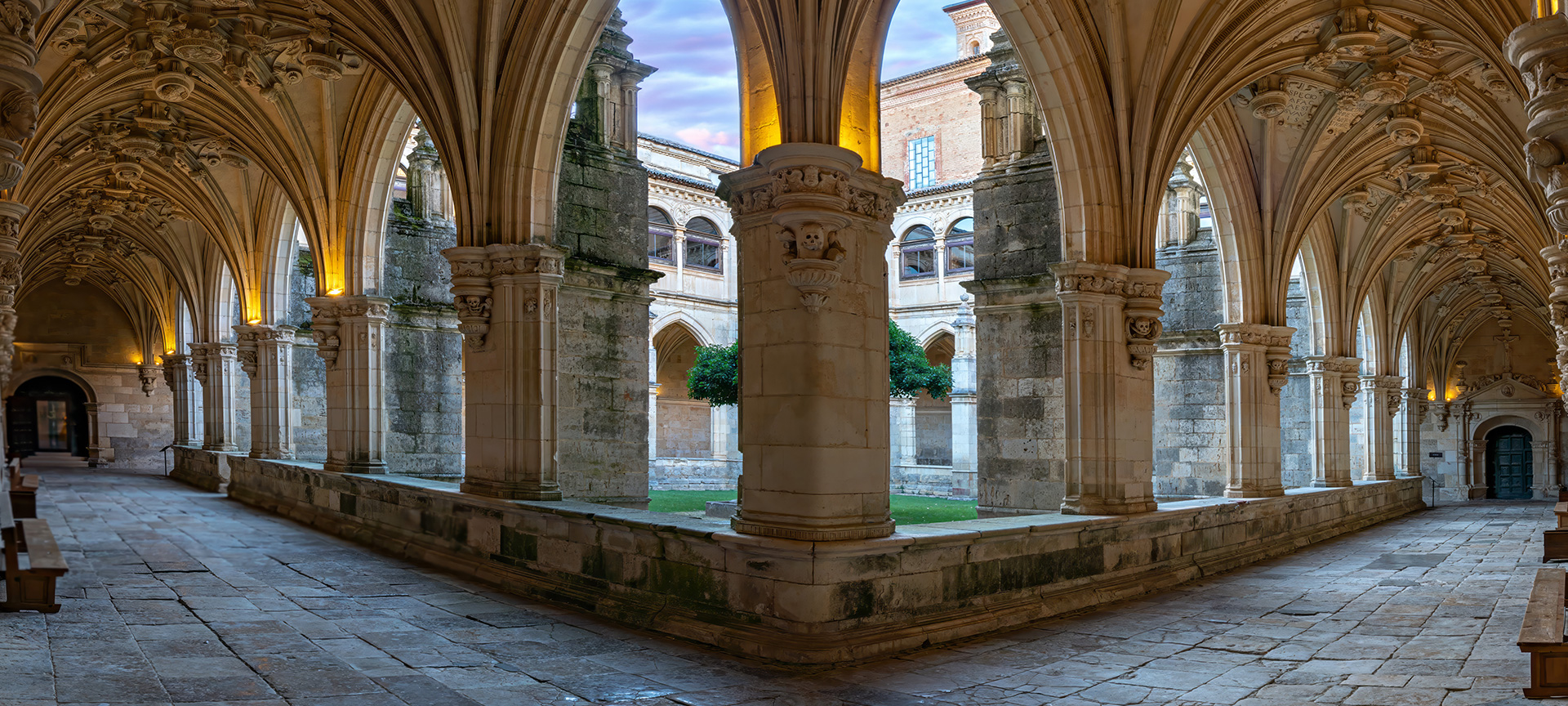
Cluny Ibérica Route: A legacy of art and culture
Imagine walking along the same paths that the Cluniac monks walked centuries ago! The abbey of Cluny, founded in the early 10th century in France, became the heart of the spiritual and artistic renewal of Europe in the Middle Ages and created a network of more than 200 monasteries across the continent. Do you want to know which ones you can visit in Spain?
-
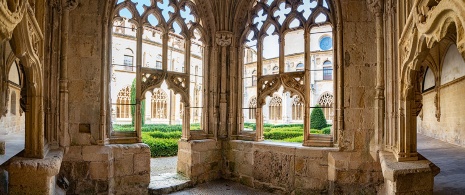
Journey into Cluniac heritage in the Iberian Peninsula
Cluny Ibérica is in charge of protecting the rich artistic and cultural heritage of the places of worship in Spain that are part of the Great Cultural Itinerary recognised by the Council of Europe in 2005. Castile and Leon, Asturias and Aragón are some of the regions where the main Cluniac sites in Spain are located. Some key sites to mention are the monasteries of San Facundo and San Primitivo, San Zoilo (Palencia), San Salvador de Cornellana (Salas) and San Juan de la Peña (Jaca), among others.Visiting these Cluniac sites, set in stunning rural landscapes, you can not only discover the excellence in architecture, sculpture, music and painting created by the monks, but also enjoy the delicious local gastronomy. As well as admiring their historic cloisters, in some of these monasteries you can spend the night with 21st century comforts. An experience that combines history, nature and gastronomy.
-
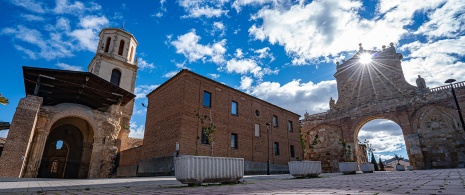
Essential stops in Castile and Leon
Although there is a long list of Cluniac sites to create a tailor-made itinerary, some recommended stops can be found in Leon, Palencia and Burgos.Located at Sahagún, in the province of Leon, the origins of the Monastery of San Facundo and San Primitivo date back to the end of the 9th and beginning of the 10th century. It became the most powerful Spanish monastery of the time, with a large scriptorium and archive, its own studies and even a licence to mint coins.The Monastery of San Salvador de Oña, in the province of Burgos, has a Gothic style built on an earlier Romanesque temple. This building was founded in the 11th century, although it continued to be expanded until the 14th century. If you visit it, don't miss its Baroque façade and the Gothic choir stalls. Another must-visit stop on this route is the Monastery of San Salvador, in Nogal de las Huertas, in the province of Palencia, dating back to 1059. Additionally, an example of the strong connection between the Camino de Santiago, a UNESCO World Heritage site, and Cluniac sites is the Monastery of San Zoilo in Carrión de los Condes. This site was known for allowing pilgrims to consume bread and wine, which is why it became the chosen location for numerous celebrations.Without even having to leave Palencia, you'll find some churches that play a leading role in this route. At Villalcázar de Sirga is the Church of San Pedro, which still conserves traces of its Cluniac past. You can admire its main entrance, which displays the coat of arms with the keys of Saint Peter, a carved stone on its apse and the beautiful wooden ceiling inside.The Church of San Martín, in the municipality of Frómista, is one of the greatest examples of Romanesque architecture. An emblematic and fascinating temple that deserves to be visited for its architectural value.
-
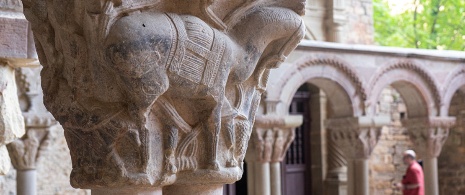
Medieval history in the Aragonese Pyrenees
A visit to Monastery of San Juan de la Peña, in Jaca, Huesca, can become an experience for all five senses, especially in spring. One of its peculiarities is that it consists of two buildings from different periods and styles – the old monastery, dating from the 10th century and in Romanesque style, and the new one, which dates from the 17th century and is considered to be Baroque.Its marvellous Romanesque cloister attracts visitors from all over the world. Jaca also has many other attractions, as it is known as “the pearl of the Pyrenees”.
-
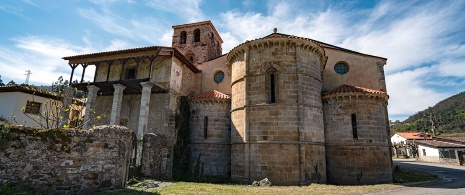
A can't-miss stop in Asturias
Another can't-miss stop on this route through the Cluniac heritage is in Salas, Asturias. Considered one of the most important temples in the region, the Monastery of San Salvador de Cornellana was founded in 1024 and has been under the ownership of the Cluniac Order since the 12th century.Salas is famous for being one of the stages of the Primitive Way of the Camino de Santiago and one of the best preserved medieval villages in northern Spain. This makes it an ideal destination to get to know the legacy of the Cluny order in the Iberian Peninsula.
Travel plans for inspiring you









